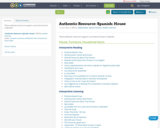
These authentic resources support a unit about houses in Spanish.
- Subject:
- Arts and Humanities
- Material Type:
- Teaching/Learning Strategy
- Date Added:
- 07/18/2018

These authentic resources support a unit about houses in Spanish.
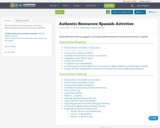
These authentic resources support a unit about preferred pastimes and leisure activities in Spanish.
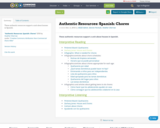
These authentic resources support a unit about houses in Spanish.
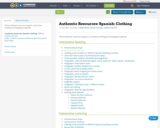
These authentic resources support a unit about clothing and shopping in Spanish.
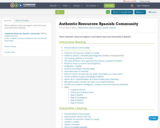
These authentic resources support a unit about town and community in Spanish.
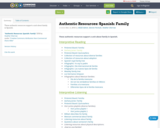
These authentic resources support a unit about family in Spanish.
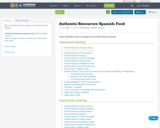
These authentic resources support a unit about food in Spanish.
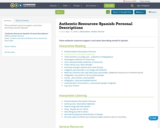
These authentic resources support a unit about describing oneself in Spanish.
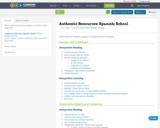
These authentic resources support a unit about school in Spanish.
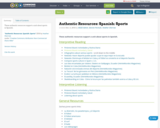
These authentic resources support a unit about sports in Spanish.
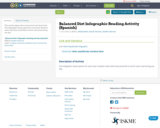
This activity aligns with a novice-level unit about food. The infographic shows options for each meal. Students select what they would like to eat for each meal during one day.
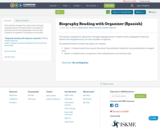
This activity is designed for advanced or heritage language learners. Students select a biography of personal interest from biografiascortas.com and complete an organizer. Two options are included.
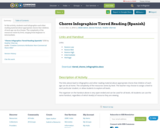
In this activity, students read infographics and other reading material about appropriate chores that children of each age can do at home. The complexity of the resources varies by level, ranging from beginner to intermediate.
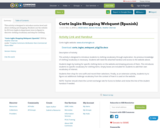
This activity is designed to introduce novice-level unit about clothing and shopping. Students use the website for El Corte Inglés (a department store in Spain) to discover clothing vocabulary and shop for clothing.
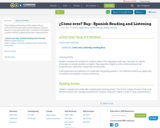
This reading and listening activity aligns well to a novice-level unit about personal descriptions. Students listen to a song and read its lyrics. A handout is included to guide students to demonstrate their comprehension.
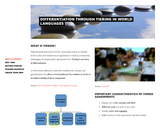
This site explains how teachers can tier activities in their World Language classrooms. It includes background information about tiering, steps for teachers to develop tiered activities, and examples of tiered activities.
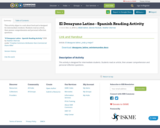
This activity aligns to a unit about food and is designed for intermediate students. Students read an article, then answer comprehension and personal reflection questions.
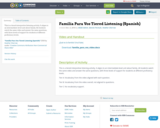
This is a tiered interpretive listening activity. It aligns to an intermediate-level unit about family. All students watch the same video and answer the same questions, with three levels of support for students at different proficiency levels.
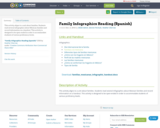
This activity aligns to a unit about families. Students read several infographics about Mexican families and record information on a handout. This activity is designed to be open-ended in order to accommodate students of various proficiency levels.
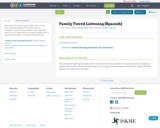
This interpretive listening task aligns with a novice-level unit about families. This task is tiered by complexity of product (how students show what they know). Level A is given the most support, while level C is given the least support. An answer key is provided.